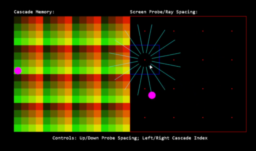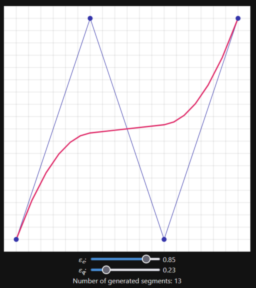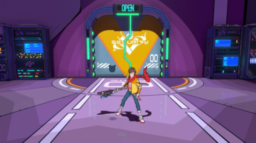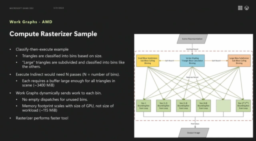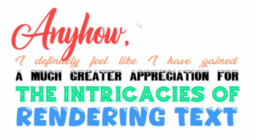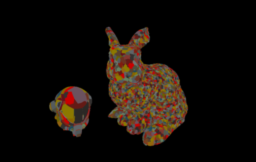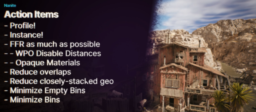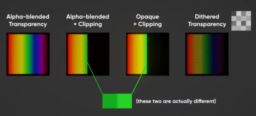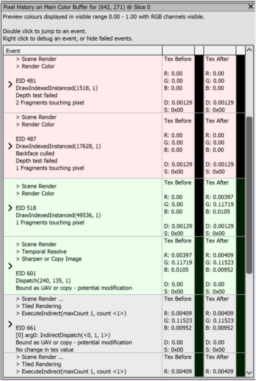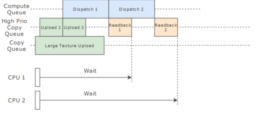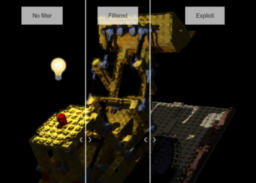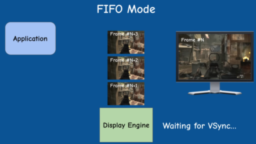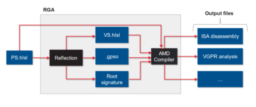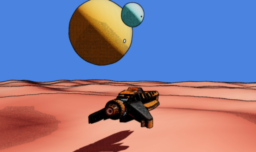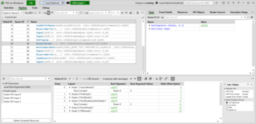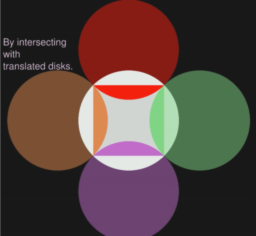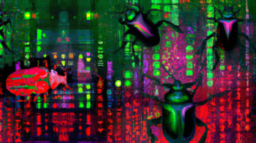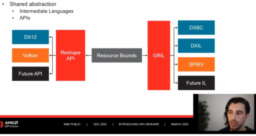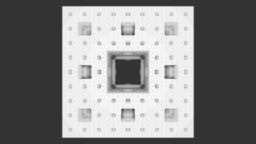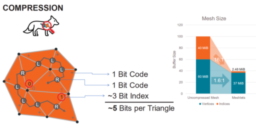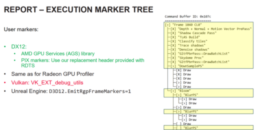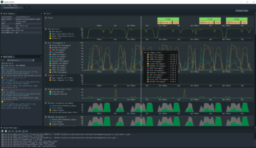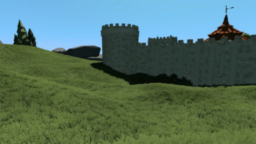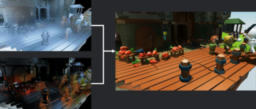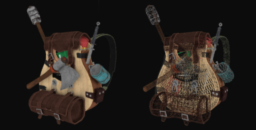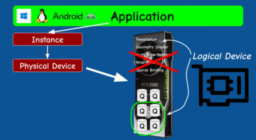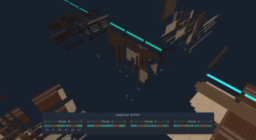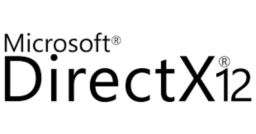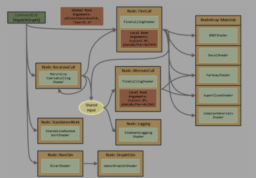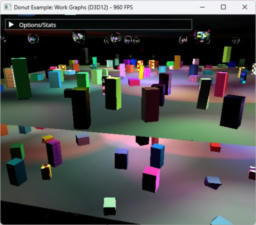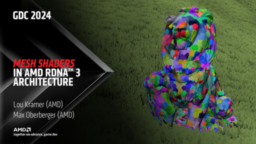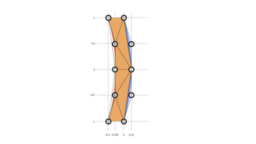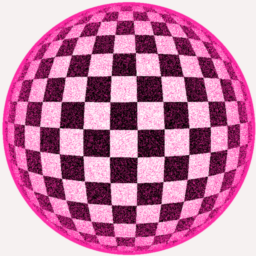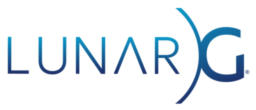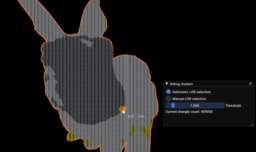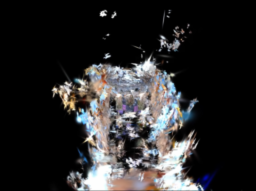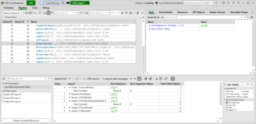- the blog post explains the Radiance Cascades technique for global illumination
- shows the different stages of the algorithms and how to implement them for 2D cases
- source code is provided
Graphics Programming weekly - Issue 335 - April 14th, 2024
- the post presents three methods to convert (Quadratic, Cubic) Bézier curves and elliptical arcs into line segments
- provides interactive examples to visualize the methods
- An example javascript code is provided
- the GDC presentation provides an in-depth view into how the visual stylized shading was implemented
- covers a large number of topics from Deferred Toon Rendering, Comic Shader, over Global Illumination to Toon Face Shadows and more
- the game is based on Unreal Engine 4
- the GDC 2024 presentation covers the problems with Draw Indirect and how Work Graphs are designed to solve them
- presents a walkthrough of the API and how AMD/NVidia have started to use the feature
- additionally introduces DirectSR, the new API that abstracts upscaling techniques behind a command D3D API
- the video deep dives into font rendering
- starts by exploring the True Type Font format
- showing how to extract the glyphs and the bezier curves that represent them
- discusses several techniques to render the curves to form the fonts
- presents issues and solutions for a large number of issues encountered
- a new graphics programming conference to happen in Breda (Netherlands) in November
- currently looking for speaker and master class proposals
Thanks to Aras Pranckevičius for support of this series.
Would you like to see your name here too? Become a Patreon of this series.
